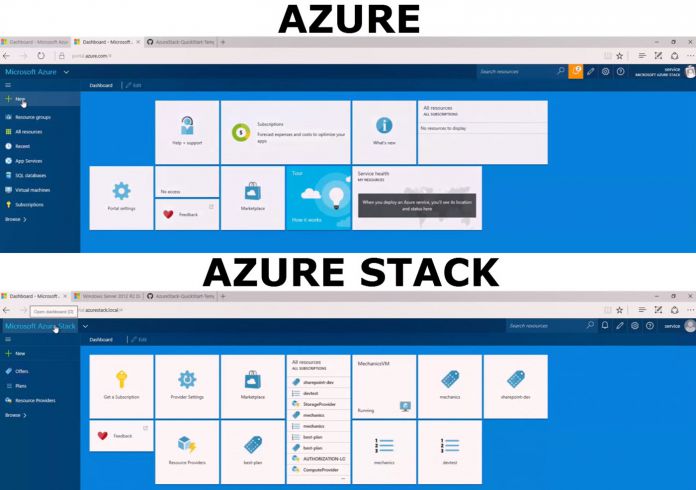Microsoft has enhanced its Azure Virtual Desktop (AVD) offering by making it available on-premises through Azure Stack HCI. This strategic move is facilitated by the release of Azure Stack HCI's latest version, 23H2. Hyperconvergence, which involves a software-centric architecture that tightly integrates compute, storage, networking, and virtualization resources, is now hosting one of its initial and most prevalent use cases – the Virtual Desktop Infrastructure (VDI).
Competitive Edge Amid Market Uncertainty
The timing of this development aligns with growing buyer hesitance surrounding VMware and Citrix products, presenting an opportunity for Microsoft to secure a more dominant position in the VDI market. With VMware exploring the sale of its VDI portfolio, customers face substantial uncertainty and may be exploring alternatives to their current solutions. Microsoft aims to tap into this sentiment by showcasing its virtualization capabilities.
Similarly, Citrix's transition towards subscription-based models, moving away from perpetual licenses, has prompted clients to reconsider their reliance on Citrix, especially for those already committed to Citrix-on-Azure environments. Microsoft's offering now encompasses a hybrid cloud model that combines on-prem flexibility with cloud scalability, presenting a compelling pitch to those users.
Enhanced Functionality Included in Update
Additional features that come with the Azure Stack HCI 23H2 include improved support for both Linux and Windows containers, enhanced Kubernetes deployments consistent with Azure's cloud services, and streamlined platform deployment directly from the cloud. Moreover, the update provides tools aiming to facilitate the migration of Hyper-V VMs to Azure Stack HCI, further integrating and streamlining the virtualization experience across platforms.
Microsoft's focus on a hybrid approach with AVD acknowledges the real-world complexities of data residency, sensitivity to latency, and proximity to data. It also underpins use cases where VDI is critical in remote and branch offices. By extending Azure Virtual Desktop capabilities to run on-premises, Microsoft is addressing direct needs for enhanced performance and reliability.
The VDI sector has evolved rapidly, becoming an essential component of modern IT infrastructure strategies. The release of AVD on Azure Stack HCI by Microsoft reiterates the company's commitment to providing a comprehensive array of virtual desktop options that cater to varying business needs. Alongside the push into hybrid cloud computing, this move further bolsters Microsoft's positioning as a versatile provider within the ever-changing digital landscape.






